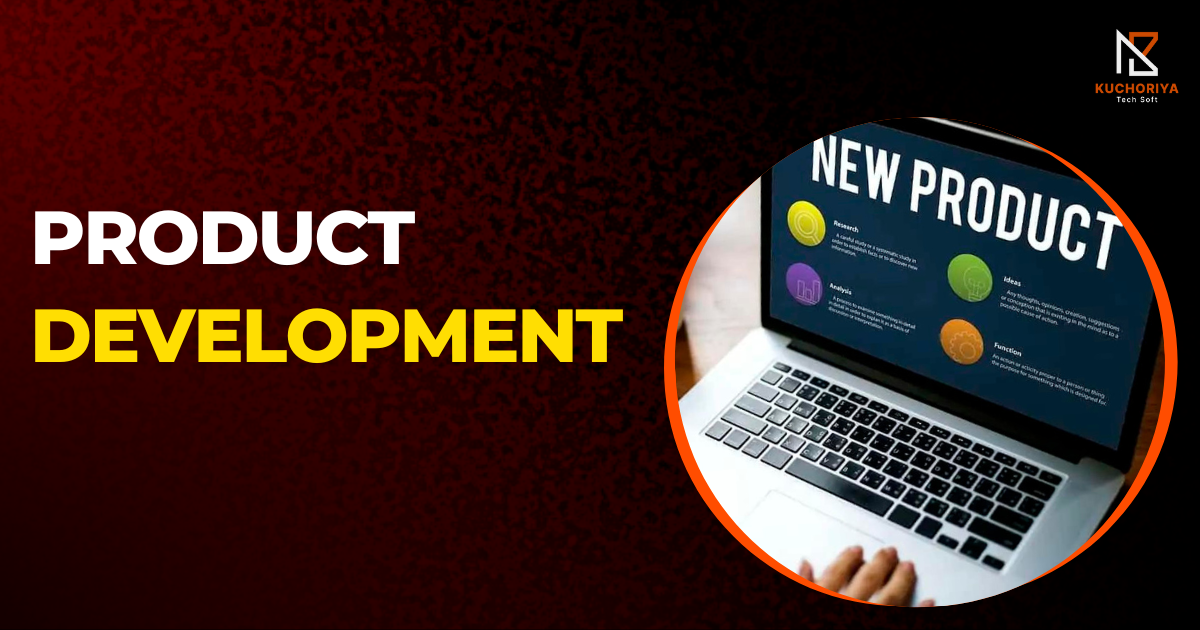What Technologies Are Essential for Remote Patient Monitoring (RPM) Development in the USA?
Technology innovation has caused a significant transformation in the healthcare sector in recent years. Remote Patient Monitoring (RPM), which enables healthcare providers to remotely monitor patients' health using digital technologies, is one area that has seen significant growth and adoption. It's critical to comprehend the fundamental technologies that support RPM development and facilitate seamless patient care as we navigate the complexity of contemporary healthcare in the United States.
Being at the forefront of healthcare software development, Kuchoriya TechSoft uses state-of-the-art technologies to create creative solutions that boost patient outcomes and increase the effectiveness of healthcare delivery. This in-depth guide will cover the key technologies for the development of Remote Patient Monitoring (RPM) in the United States, enabling medical professionals to provide patients with top-notch care no matter where they are.
Healthcare professionals can monitor patients' vital signs, symptoms, and medication adherence in real-time by using remote patient monitoring (RPM), which uses digital technologies to gather and transmit patient health data from a distance. RPM solutions help patients and healthcare providers communicate and monitor each other continuously. These solutions usually consist of wearable technology, mobile apps, and cloud-based platforms.
Why Remote Patient Monitoring Matters
Remote Patient Monitoring (RPM) offers numerous benefits for both patients and healthcare providers, including:
- Early detection of health issues and exacerbations
- Improved management of chronic conditions
- Reduced hospital admissions and readmissions
- Enhanced patient engagement and satisfaction
- Greater convenience and accessibility for patients
- Cost savings for healthcare systems and payers
By leveraging RPM technologies, healthcare providers can deliver more personalized, proactive, and effective care to patients, leading to better health outcomes and improved quality of life.
1. Wearable Devices and Sensors
Wearable technology—such as fitness trackers, smartwatches, and medical-grade sensors—is essential to Remote Patient Monitoring (RPM), which makes it possible to continuously monitor biometric data and vital signs. These gadgets can monitor vital signs like heart rate, blood pressure, blood sugar, oxygen saturation, temperature, and activity level in real time, giving clinicians important information about their patients' health. By incorporating wearable technology into RPM solutions, healthcare professionals can remotely monitor patients and take quick action when needed to avoid complications and improve treatment results.
2. Mobile Applications and Telehealth Platforms
Remote Patient Monitoring (RPM) programs use mobile applications and telehealth platforms as a conduit between patients and healthcare providers. With the help of these apps, patients can enter health information, get individualized advice and comments, access learning materials, and have remote communication with their care team. Innovative features that improve patient experience and enable smooth communication between patients and healthcare providers include symptom tracking, medication reminders, video consultations, and secure messaging. Healthcare organizations can offer comprehensive RPM services that enable patients to better manage their health and enhance coordination and communication among members of their care team by utilizing mobile applications and telehealth platforms.
3. Cloud Computing and Data Analytics
The enormous volumes of health data produced by Remote Patient Monitoring (RPM) systems require the storage, processing, and analysis of data, which is made possible by technologies such as cloud computing and data analytics. Cloud-based platforms ensure accessibility, dependability, and compliance with privacy regulations by offering scalable and secure infrastructure for storing sensor data, clinical information, and patient health records. Healthcare providers can extract meaningful insights from RPM data, recognize patterns and trends, spot anomalies and predictive analytics, and customize treatment regimens according to the needs of each patient with the aid of data analytics tools and algorithms. Healthcare organizations can fully utilize RPM data to enhance clinical decision-making, optimize resource allocation, and promote continuous improvement in patient care delivery by leveraging the power of cloud computing and data analytics.
4. Artificial Intelligence (AI) and Machine Learning (ML)
By facilitating predictive analytics, predictive modeling, and intelligent decision support, Artificial Intelligence (AI) and Machine Learning (ML) technologies are transforming Remote Patient Monitoring (RPM). Large patient data sets can be analyzed by AI-powered algorithms to spot trends, forecast health outcomes, and suggest tailored interventions instantly. Predictive models for risk stratification, disease progression, and treatment response can be created by machine learning models using past patient data. This allows for proactive management of chronic conditions and early intervention for high-risk patients. Healthcare providers can lower costs, improve patient outcomes, and increase the accuracy and efficiency of patient monitoring by combining AI and ML into RPM solutions.
5. Interoperability and Health Information Exchange (HIE)
Integrating and exchanging patient health data across various platforms and systems is made possible by interoperability and health information exchange (HIE), which are essential elements of remote patient monitoring (RPM) systems. Health information exchange between electronic health record (EHR) systems, RPM platforms, wearable technology, and other IT systems in the healthcare industry is made easier by interoperability standards like HL7 FHIR (Fast Healthcare Interoperability Resources). In order to guarantee patient safety, care coordination, and continuity of care, health information exchange (HIE) networks facilitate the safe and effective sharing of patient health information between payers, healthcare providers, and other stakeholders. Healthcare companies may reduce organizational silos, enhance data exchange and access, and foster cooperation throughout the healthcare ecosystem by supporting HIE and interoperability.
In terms of boosting care delivery, advancing patient outcomes, and spurring innovation in healthcare, remote patient monitoring (RPM) presents enormous potential for the US healthcare system going forward. Through the integration of cutting-edge technologies like wearables, mobile apps, cloud computing, artificial intelligence, and interoperability, healthcare institutions can fully leverage the potential of RPM to provide patients with more individualized, proactive, and efficient care.
At Kuchoriya TechSoft, we're dedicated to using our knowledge of healthcare software development to provide healthcare providers with state-of-the-art RPM solutions that revolutionize the way patients receive and interact with care. We are honored to be the leading healthcare software development company in 2023–2024 thanks to our dedication to innovation, quality, and patient-centered design. We provide solutions that genuinely improve the lives of our patients.
Ready to transform healthcare through the power of Remote Patient Monitoring (RPM)? To find out more about how Kuchoriya TechSoft can assist you in developing and implementing RPM solutions that increase patient satisfaction, improve outcomes, and raise the standard of care generally, get in touch with us right now.
For more information, click here www.kuchoriyatechsoft.com
We are all over the world
United State
9765 keystone court, Clarence, NY 14031 , USA
Brazil
Bispo César da Corso Filho, 1266, San Carlos, São Paulo, Boa Vista, Brazil, 13575-331
UAE
118, JLT Cluster V , AI Sarayat St, opposite Damas jewellery , Dubai United Arab Emirates Dubai 91929
Italy
Viale dell'Esperanto, 71, Formia, Italy, Lazio IT
Australia
Unit 14G, 3 darling point road, darling point, Sydney, NSW, Australia, 2027
IRAN
Until 5-Morvarid Apartment- Between Hore 8 and 10 Avenue-Shahabnia Street-Babol-Mazandaran, 4718747872












































































